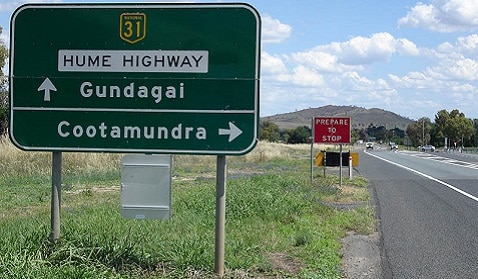One of 19 NSW councils created in a round of forced amalgamations in 2016 has won the right to be demerged, with three others looking to follow.
NSW Minister for Local Government Wendy Tuckerman this week said the Cootamundra-Gundagai Regional Council would be demerged on the recommendation of the state’s Local Government Boundaries Commission.
Mrs Tuckerman said it was a “complex decision” but one she had come to after carefully looking at the council and the commission’s report.
“There are countless examples across the state of amalgamated councils performing strongly by lowering costs and delivering better infrastructure and services for residents,” she said.
“It is disappointing that Cootamundra-Gundagai Regional Council has not been able to achieve this outcome.”
The Boundaries Commission report followed changes to the Local Government Act last year allowing councils constituted within the past 10 years to submit a business case with supporting reasons to the Minister for a de-amalgamation of an area.
Two other amalgamated councils, Canterbury Bankstown and Snowy Rivers Council, recently voted to prepare business cases for demerger.
The Inner West Council (created by a merger of the Ashfield, Leichardt, and Marrickville councils) polled voters about the issue in 2021, with 62 percent of respondents favouring a demerger – and the council is now preparing its own de-amalgamation business case.
The NSW government proposed 35 mergers in late 2015 to reduce the state’s 152 councils to 112 and achieve savings for ratepayers of “$2 billion over 20 years”.
In July 2017, Premier Gladys Berejiklian suspended the remaining proposed amalgamations after strong opposition from councils and the public.
The Australian Local Government Association (ALGA) and its member associations oppose forced council amalgamations, with evidence from NSW and elsewhere that financial savings don’t always match projections and that the loss of “grassroots democracy” is keenly felt in affected communities, particularly in rural and regional areas.



